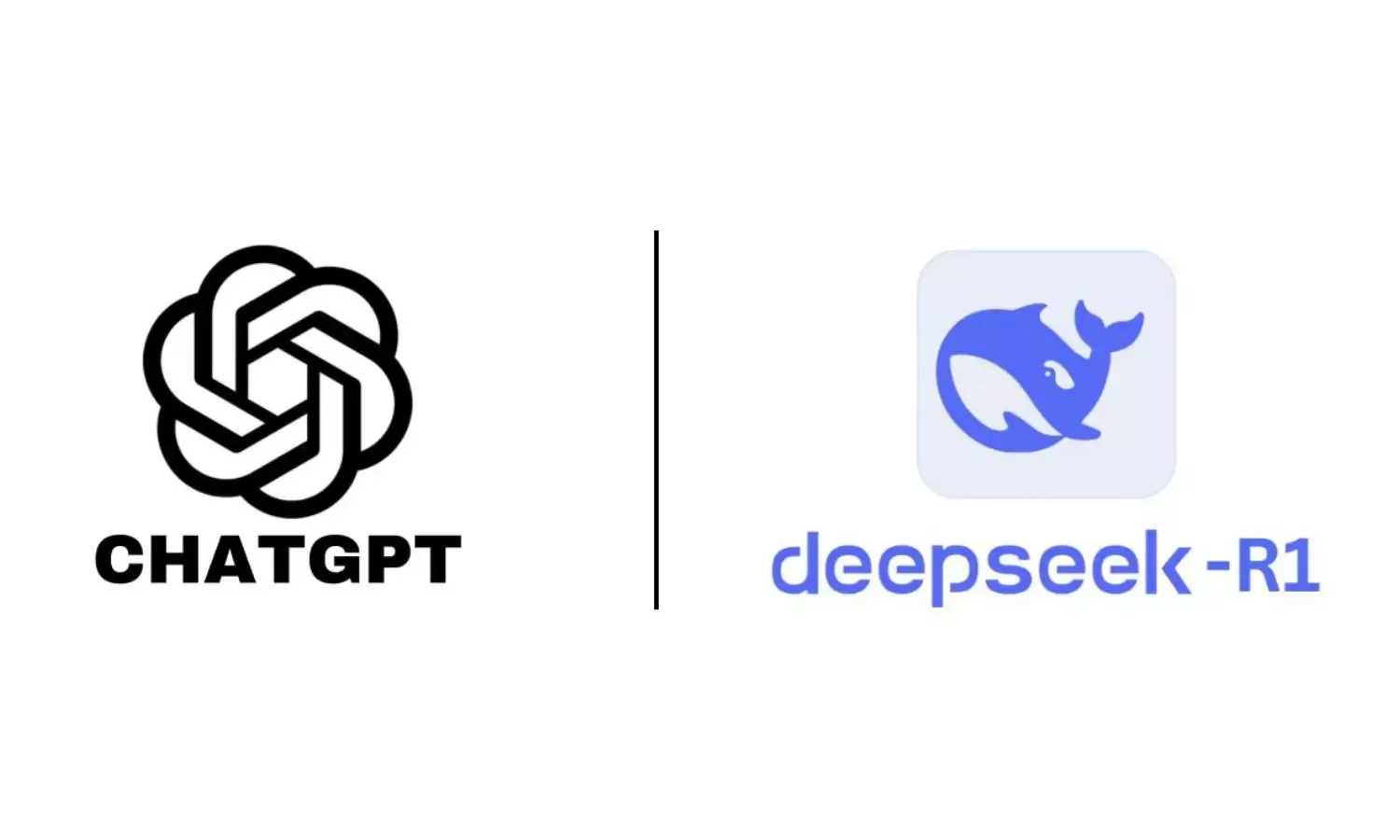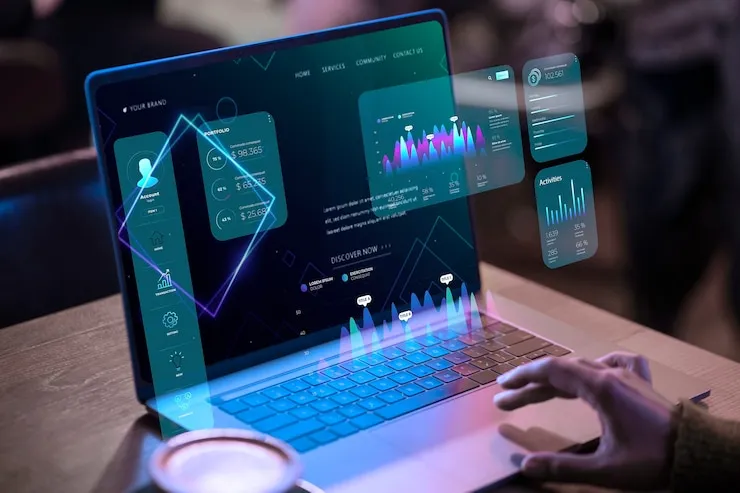Hey there! I'm Alex, a cybersecurity specialist who's been working in this field for over 10 years. Today, I want to talk about something that affects all of us - cybersecurity threats. When I first started out, these threats weren't as complex as they are now. I've seen firsthand how they've evolved, and I want to share what I've learned to help keep you safe online.
Common Types of Cybersecurity Threats You Should Know About
Every day, I get calls from people who've fallen victim to various cyber attacks. Just last week, my neighbor Susan called me in tears because she'd clicked on a link in an email that looked like it came from her bank. Unfortunately, it was a phishing scam, and she nearly lost $2,000. Stories like this remind me why understanding cyber security threats and solutions is so important for everyone.
Malware: The Digital Menace
Malware is short for "malicious software," and it's one of the most common cyber attacks I deal with. It's any program designed to damage or gain unauthorized access to a computer system. When I was working with a local business last year, they couldn't figure out why their computers were running so slowly. After checking their systems, I found malware that had been silently collecting data for months. Here's what you should watch out for:
Types of Malware
- Viruses
Viruses attach themselves to clean files and spread throughout a computer system, infecting files with malicious code. I once had a virus on my own computer that turned all my text documents into gibberish! The worst part was that I hadn't backed up my files in weeks.
- Ransomware
This scary type of malware blocks access to your computer system until you pay a sum of money. My friend's dental office was hit with ransomware last year. All their patient records were locked, and they were asked to pay $5,000 to get them back. Instead, we restored from their backups (thank goodness they had them!).
- Spyware
Spyware silently collects information about you without your knowledge. It might track the websites you visit or even steal your passwords. I once helped a college student who couldn't figure out why her ex-boyfriend knew everywhere she was going. We found spyware on her phone that he had installed.
Phishing: The Art of Deception
Phishing is when bad guys try to trick you into giving away important information. They often pretend to be companies you trust. I get phishing emails almost every day, and some of them look really convincing!
How to Spot Phishing
Here are some tips I've learned over the years:
- Check the sender's email address carefully
- Look for spelling and grammar mistakes
- Be suspicious of urgent requests for personal information
- Hover over links before clicking them to see where they really go
Last month, I got an email that looked exactly like it came from Amazon, saying there was a problem with my order. The only problem? I hadn't ordered anything! Looking closer at the sender's email, I noticed it was instead of a real Amazon address.
Password Attacks: Breaking Into Your Digital Life
Password attacks are attempts to steal or guess your passwords. They're among the top 10 cyber security threats today because so many people still use weak passwords. I know it's hard to remember different passwords for all your accounts. My mom used to use "password123" for everything until her email got hacked! Now I've helped her set up a password manager, and she uses strong, unique passwords for each account.
Common Password Attacks
- Brute Force Attacks
This is when hackers try every possible combination of characters until they crack your password. The longer and more complex your password is, the harder this becomes.
- Dictionary Attacks
Instead of trying every combination, these attacks use a list of common words and passwords. That's why passwords like "monkey" or "123456" are so dangerous!
- Credential Stuffing
This happens when hackers get usernames and passwords from one breached website and try them on other sites. This is why using the same password everywhere is risky. I had a client who used the same password for everything, and when one account was breached, the hackers got into his online banking too.
Man-in-the-Middle Attacks: Digital Eavesdropping
A man-in-the-middle attack happens when someone secretly places themselves between you and the website or service you're trying to use. It's like someone listening in on your phone call without you knowing. I once was using public Wi-Fi at a coffee shop when I noticed something strange happening with my connection. The "secure" padlock in my browser was missing when I tried to check my email. I immediately disconnected because I suspected a man-in-the-middle attack. Later, I found out several people had their accounts compromised at that same coffee shop.
Protecting Yourself
- Use a VPN (Virtual Private Network) on public Wi-Fi
- Look for HTTPS and the padlock icon in your browser
- Avoid accessing sensitive accounts on public networks
Denial-of-Service Attacks: Overwhelming the System
Denial-of-Service (DoS) attacks aim to shut down a network or service, making it unusable. They flood the target with traffic or send information that triggers a crash. I helped a small online retailer who couldn't figure out why their website kept crashing during their biggest sale of the year. After investigating, we discovered they were experiencing a DoS attack, possibly from a competitor trying to hurt their business.
DDoS Attacks
Distributed Denial-of-Service (DDoS) attacks are even more powerful because they use multiple computers (often thousands) to flood the target. These attacks can be massive – I've seen websites go down for days because of them.
SQL Injection: Attacking the Database
SQL injection attacks target the databases behind websites. Hackers insert malicious code into search boxes or form fields that can mess with the database. In my early days as a security consultant, I demonstrated to a client how vulnerable their website was by typing a simple SQL command into their search box. I was able to display their entire customer database on the screen. They were shocked and immediately hired me to fix the security holes!
Preventing SQL Injection
- Use prepared statements in code
- Validate all user input
- Limit database permissions
Cross-Site Scripting (XSS): Attacking Website Visitors
Cross-site scripting attacks happen when hackers inject malicious scripts into websites that are then executed in visitors' browsers. These can steal cookies, session tokens, or other sensitive information. A friend of mine who runs a popular blog once had his site compromised with an XSS attack. When visitors came to his site, they were redirected to fake pages that tried to install malware. It took us a whole weekend to clean up the mess and secure his site properly.
Social Engineering: The Human Weakness
Social engineering is a fancy term for tricking people. Instead of using technical methods to break in, social engineers use psychology to manipulate people into giving up confidential information.
Types of Social Engineering
- Pretexting
This involves creating a made-up scenario to get personal information. I've heard of people pretending to be from the IRS, threatening legal action unless you give them your Social Security number right away.
- Baiting
Baiting offers something enticing to spark curiosity. Like those USB drives labeled "Confidential Salary Information" left in company parking lots – when plugged in, they install malware.
- Quid Pro Quo
This involves offering a service or benefit in exchange for information. I once got a call from someone claiming to be from "Technical Support" offering to help with a problem I didn't have. They were trying to get me to give them remote access to my computer.
Zero-Day Exploits: Unknown Vulnerabilities
Zero-day exploits target security flaws that even the software makers don't know about yet. These are especially dangerous because there are no patches available. When the Heartbleed bug was discovered in 2014, I spent a frantic week helping clients update their systems and change passwords. It was a vulnerability that had existed for years before being discovered, and it affected major websites worldwide.
IoT Vulnerabilities: When Your Smart Devices Betray You
Internet of Things (IoT) devices like smart thermostats, cameras, and even refrigerators can be security weak points. Many of these devices have poor security built in. My smart home setup was a security mess until I took the time to properly secure it. I discovered that my security camera had a default password that I'd never changed, meaning anyone could potentially access the feed!
How to Protect Yourself from the Most Common Cyber Attacks
Now that I've covered the major threats, let's talk about how to stay safe. Here are my top tips based on years of helping people recover from cyber attacks:
Use Strong, Unique Passwords
I know it's annoying, but using different passwords for each account is super important. I recommend using a password manager to keep track of them all. I've been using one for years, and it's a lifesaver!
Enable Two-Factor Authentication
Two-factor authentication (2FA) adds an extra layer of security. Even if someone gets your password, they'll still need the second factor (usually a code sent to your phone) to get in. I have 2FA set up on all my important accounts, and it's stopped several unauthorized access attempts.
Keep Software Updated
Those annoying update notifications? They often contain important security patches. I set aside time every Sunday evening to run updates on all my devices.
Be Skeptical
When I get an unexpected email or text asking me to click a link or download something, I always double-check before doing anything. I've avoided many phishing attempts this way.
Use Antivirus Software
Good antivirus software can catch many types of malware before they infect your system. I've tried many over the years, and while none are perfect, they're much better than nothing!
Backup Your Data
Regular backups have saved me countless times. If you get hit by ransomware or your device fails, having backups means you won't lose everything. I follow the 3-2-1 rule: 3 copies of important data, on 2 different media types, with 1 copy stored off-site.
Be Careful on Public Wi-Fi
I never check my bank account or enter passwords when I'm on public Wi-Fi unless I'm using a VPN. It's just too risky.
The Future of Cybersecurity Threats
The cyber security threats and solutions landscape is always changing. As technology evolves, so do the threats. Here are some emerging concerns I'm keeping my eye on:
AI-Powered Attacks
Artificial intelligence is making attacks more sophisticated. AI can learn what makes people click on phishing emails and create more convincing fakes. I've seen some AI-generated phishing emails that were nearly impossible to distinguish from legitimate ones.
Deep fakes
These convincing fake videos or audio recordings can make it seem like someone said or did something they didn't. I'm concerned about deepfakes being used for advanced social engineering attacks.
Supply Chain Attacks
Rather than attacking you directly, hackers target the companies that make software you trust. The SolarWinds hack in 2020 showed how dangerous these can be. I spent months helping clients determine if they were affected.
Conclusion: Staying One Step Ahead
Cybersecurity isn't just for tech experts anymore. With so many parts of our lives online, we all need to understand the top 10 cyber security threats and how to protect ourselves. I hope this guide has been helpful. Remember, being aware is half the battle. You don't need to be a cybersecurity expert like me to stay safe online – you just need to know the basics and stay vigilant. Have you ever experienced any of these common cyber attacks? I'd love to hear your stories in the comments. And if you have questions about cyber security threats and solutions, feel free to ask!














